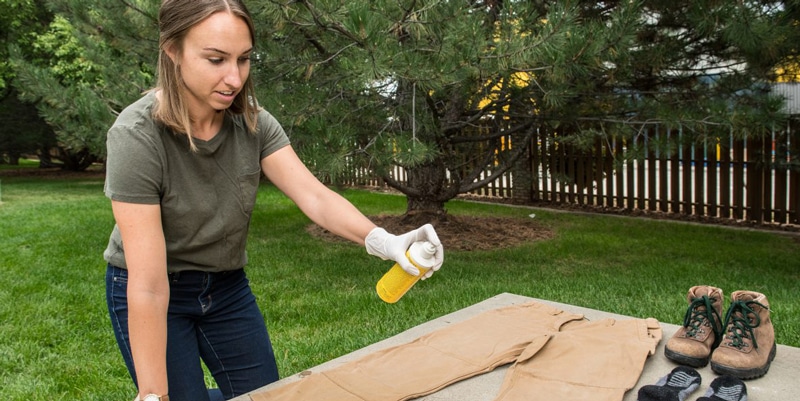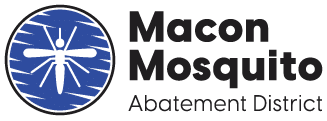
Keep yourself and your environment safe from mosquitoes with the 3 D’s
DRAIN
Many mosquito problems in your neighborhood are likely to come from water-filled containers that residents can help eliminate. All mosquitoes require water in which to breed. Look around each week for possible mosquito breeding sites.
- Clean roof gutters of leaves and seeds.
- Drill holes in recycle bins and garbage containers.
- Drain pools not in use. Make sure no residual water stands.
- Keep pumps working briskly on ornamental ponds. Even low water flow breeds mosquitoes.
- Cover rain barrels with secure fine mesh screen wire.
- Dispose of tires.
- Clean pet and livestock water dishes daily. Horse troughs are notorious for breeding larvae.
- Clean and change water in bird baths every three days.
- Empty children’s toys that hold water.
- Prohibit water from collecting in pool covers.
- Empty water collected in tarps around the yard and in wood piles.
- Check boats for water.
- Plug trees holes with sand or rock wool.
- Insure windows and door screens are intact and fit tightly.
DRESS
Wear long sleeves and long pants to protect yourself during active biting times between dusk and dawn. Light colored, loose fitting clothing is also advised. Be aware that outside activities during the day that disturb vegetation where mosquitoes are resting will produce biting mosquitoes.
DEFEND
Repellents are an important tool to assist people in protecting themselves from mosquito-borne diseases. Choose a mosquito repellent that has been registered by the Environment Protection Agency (EPA) for use when applied to skin and clothing. EPA registration of repellent active ingredients indicates the materials have been reviewed and approved for efficacy and human safety when applied according to the instructions on the label.
Products containing these active ingredients typically provide reasonably long-lasting protection:
- DEET (Chemical Name: N,N-diethyl-m-toluamide or N,N-diethly-3-methyl-benzamide)
- Picardin (KBR 3023, Chemical Name: 2-(2-hydroxyethyl)-1-piperidinecarboxylic acid 1-methylpropyl ester)
- Oil of Lemon Eucalyptus or PMD (Chemical Name: para-Menthane-3,8-diol) the synthesized version of oil of lemon eucalyptus
- IR3535 (Chemical Name: 3-[N-Butyl-N-acety]-aminopropionic acid, ethyl ester)
EPA characterizes the active ingredients DEET and Picaridin as “conventional repellents” and Oil of Lemon Eucalyptus, PMD and IR3535 as “biopesticide repellents”, which are derived from natural materials.





